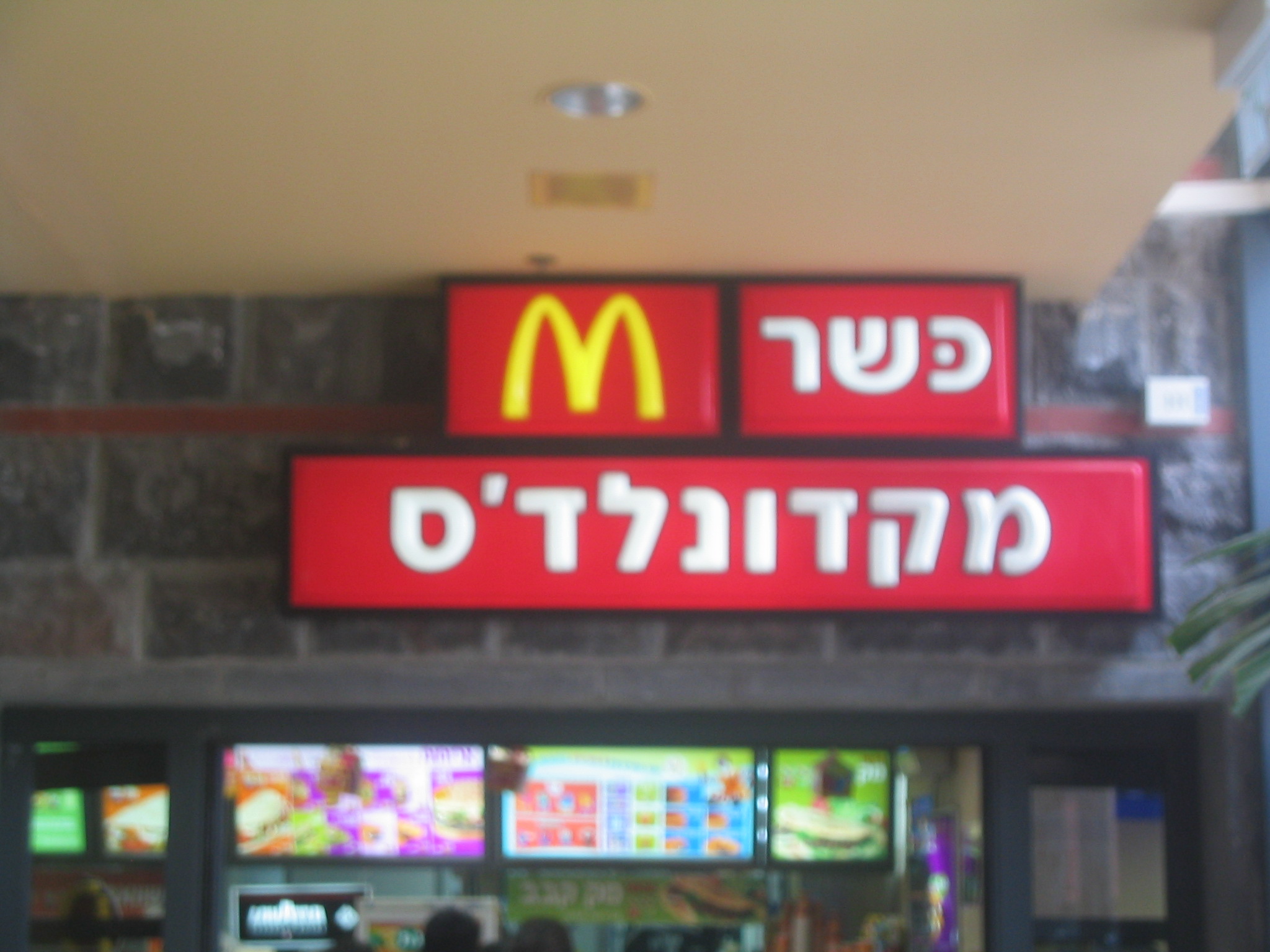- Hebrew spelling
There are several systems of Hebrew spelling that are used. The
Hebrew alphabet contains 22 letters, all of which are primarily consonants. This is because the Hebrew script is anabjad , that is, its letters indicate consonant, not syllables. An early system to overcome this, still used today, ismatres lectionis , where four of these letters, Alef, He, Vav and Yud also serve as vowel letters.Even later, a system of vowel points to indicate vowels (diacritics), called
niqqud , was developed.Throughout history, there have been two main systems of Hebrew spelling. One being vocalized spelling, also called 'defective' spelling, and ther other being unvocalized spelling, also called 'plene' spelling.
In vocalized spelling ("
ktiv menukad "), all of the vowels are indicated by vowel points (calledniqqud ). In unvocalized spelling ("ktiv male "), the vowel points are omitted, but some of them are substituted by additional vowel letters (Vav and Yud). This system is the spelling system commonly used in Israel today.Rules for unvocalized spelling were first issued by the
Hebrew Language Committee in1890 (which became theAcademy of the Hebrew Language in 1953), was formally standardised in1996 . Even though the rules are established, some of the rules and specific spellings are disputed by writers and publishers, who often create their own in-house spelling system. Also, because having two spelling systems within the same language is confusing, some would like to reform it. In 2004,Mordechai Mishor , one of the academy's linguists, proposed in a session of the Academy of the Hebrew Language a modest reform. [http://kdictionaries.com/kdn/kdn12-3spell.html Kernerman Dictionary News • Number 12 • July 2004] ]Usage today
Today, there are three systems of spelling used in
Hebrew .#"
Ktiv haser " ("missing spelling"): This system of spelling is not used in everyday life. This spelling isanachronistic , and the only place it is still used is the Torah scroll that is read insynagogue (theSefer Torah ). This is the original spelling. It is called the "missing spelling" because as it does not useniqqud .
#"Ktiv menukad " ("dotted spelling" or "vowelized spelling"): This system of spelling is called "vowelized spelling" and "dotted spelling" because unlike "missing spelling," this system shows exactly how the vowels are in addition to using the dots system ("nekudot"). It is rarely used in everyday life. However, it is used wherever someone wants their writings to be clear and unambiguous, such as children books, poetry, language instruction for newcomers, or ambiguous or foreign terms. However, it is very cumbersome and inconvenient in everyday life.
#"Ktiv male " ("full spelling" or "spelling lacking niqqud"): This is the dominant system of spelling in Israel. Almost everything, including newspapers, books, letters, notes are written in this way. Ktiv Male is created to be a niqqud-less spelling that uses themater lectionis (consonant that are also used as vowels: Alef, He, Vav, Yud) instead of the vowel pointers).Examples
Usage of multiple systems
multiple image
align = right
direction = horizontal
header = Examples
header_align = left/right/center
header_background =
footer =
footer_align = left/right/center
footer_background =
width =

width1 = 235
caption1 = A kosher (כשר)McDonald's , with the word kosher spelled infull spelling .

width2 = 235
caption2 = Another kosher (כּשר) McDonald's, with the word kosher spelled in a mixture of systems.In practice, many times two or more spelling systems are used in one text. The most common example of this is a word may be vowelized (usingniqqud , the "dots") partially, for instance with אוֹמץ, where only the vav (Hebrew|ו) is vowelized. This clarifies that the vowel is an "o" (Hebrew|וֹ) and not "u" (Hebrew|וּ). In addition, 3 letters (historically 6), can take a different sound depending on if there is a dot (called adagesh ) in the middle of the letter (a bet, kaf, and pei). In full spelling, the dot is not included, regardless if it is making one sound or the other. An example when a mixture of systems would be used is to clarify when the letter is taking a dagesh. An example of this, is in the picture to the right, where for the word kosher (Hebrew : כָּשֵׁר (with niqqud), כשר (full spelling), "kasher") may be writted as כּשר (a mixture of the two systems) to be unambiguous that it is the letter כּ (IPA: /k/) and not כ (IPA: /x/). Words may be writen in "ktiv haser" ("missing spelling") if its unambiguous and clear enough (ex. חנכה (Hanukah) instead of the "full" form חנוכה). In this case, the reader deciphers the word mostly by its context.Also, some words are almost always written in the "missing" form ("ktiv haser") in everyday life: לא ("lo", no), אמא ("ima", mother), אם ("im", if), and כנרת ("Kinneret").
References
ee also
*
Hebrew grammar
*Spelling
Wikimedia Foundation. 2010.
